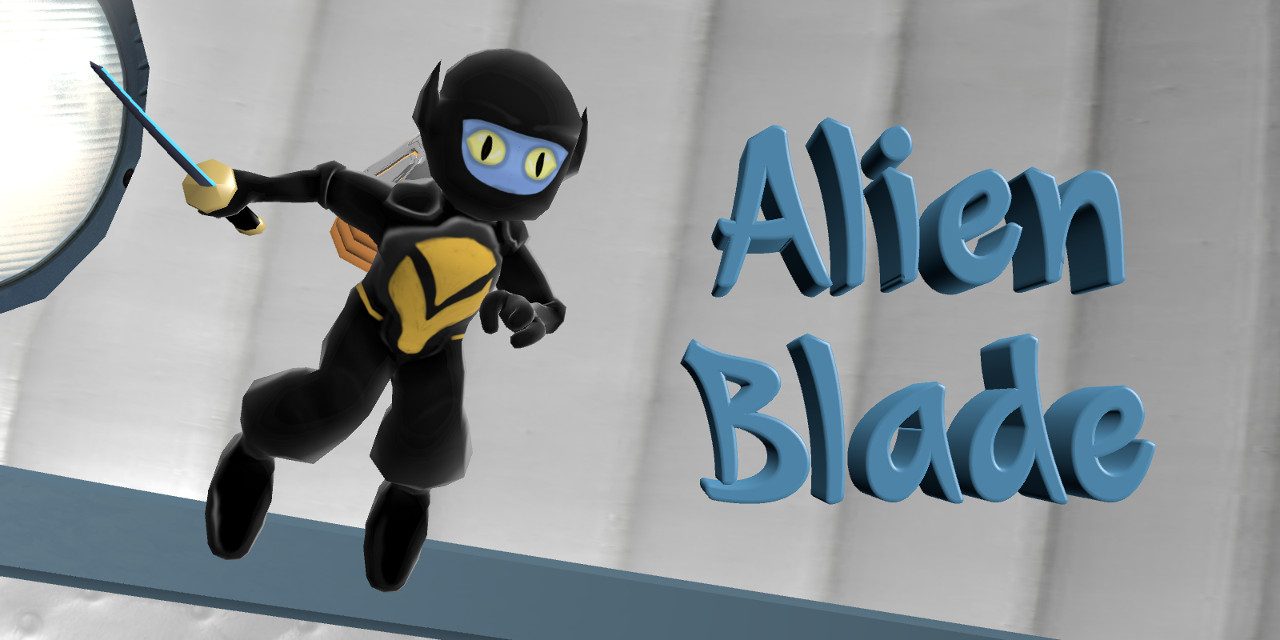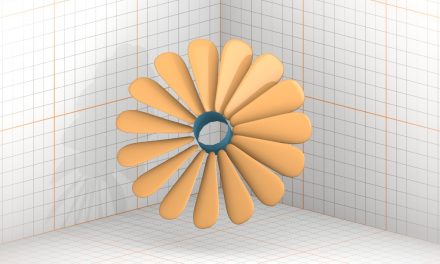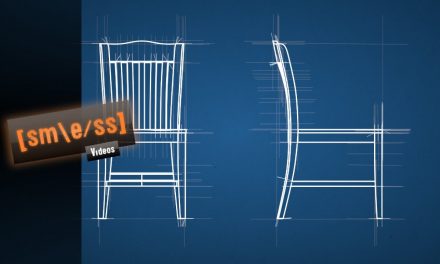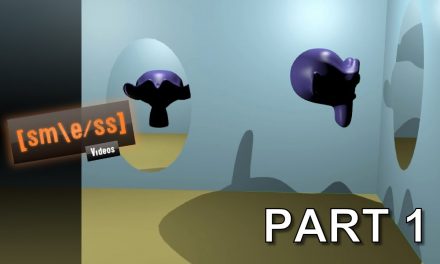When I saw a game-creation competition, which theme was Zero Gravity, it made me think a little bit about disrupting the current personal development project, and then figuring out what I could do in this competition.
Then I decided to pause for approximately 1 week the main project to start the creation of the game.
In this article I will present a summary of the development, and at the end you will find a link to download both the executable (Linux / Windows) game and the .blend project.
Fast Game Planning
When you imagine how the game is going to be, simply in a fabulous way, we may not be able to detach it from the mind, because of the size of the enchantment. Going further, we may later forget these ideas and fail to rescue them again.
For that I used the note tools like StackEdit (markup via web), and that was where I unburdened my ideas spontaneously, without worrying about errors, exaggerations and “criteria”, and finally opened to the public through Live on the Smess Games channel.
However, not all of the annotated content was applied to the project, as I jotted it thinking high, with ideas that go beyond my capacity for 1 week of development.
These means of recording ideas, whether via text, mind maps, voice or video, are like “mental prostheses”, which allows us to be more safe and comfortable in getting rid of the paralysis of thoughts and even forget for a moment.
Modeling
To make a character more quickly, I decided first to create the protagonist through character-creation application, Fuse. I even managed to make a character according to the planning, but the model did not bring me a desirable result, with several rendering problems.
Anyway, it seemed like an easy shortcut that could lead to erroneous measures like persisting in the idea. After throwing the first character idea into the trash, that’s when I decided to do it from scratch, but in a very simple way.
It was then that, in the second live, I started to draw in Krita a simple “blueprint” with only frontal projection. With this blueprint, I threw it to, modeled it with Skin modifier and texturize it using Texture Paint mode. Even without much experience in painting, the lowpoly model was a result that pleased me a lot.
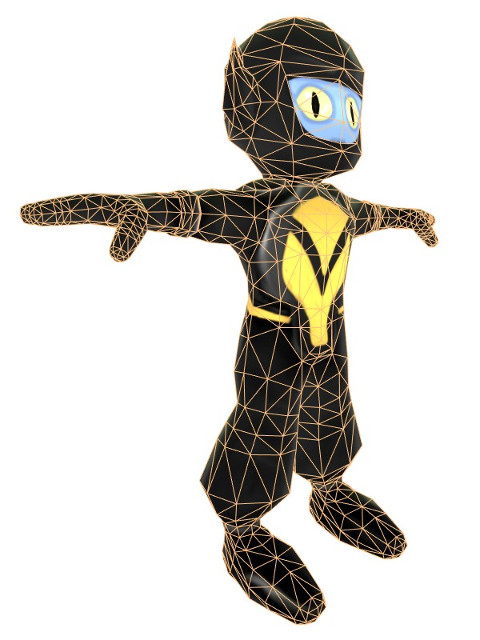
The result of modeling. 👍
Animation and Programming by Logic Bricks
For character animation, I decided to use Rigify, which is a tool that helps in creating rigging for several (not all) models in an efficient way. After creating rig, I animated the main actions of the character, such as poses, attack with the katana, use the boost and standard animation.
Since I do not have a good proficiency in Python language, the system of the game was made through Logic Bricks. This native tool helps in programming the game without having to develop scripts, very useful for those who do not have knowledge or domain in Python language. Blender also offers well-functioning physics systems and why the game brings some particle and debris effects.
The Result
In 1 week of game creation, the Alien Blade was a project very close to what I had planned, this even makes me satisfied with the final result. I received a lot of positive comments in the video that the SMaxCap channel published and it all made me very grateful, making it worthwhile for the new experience in creating games.
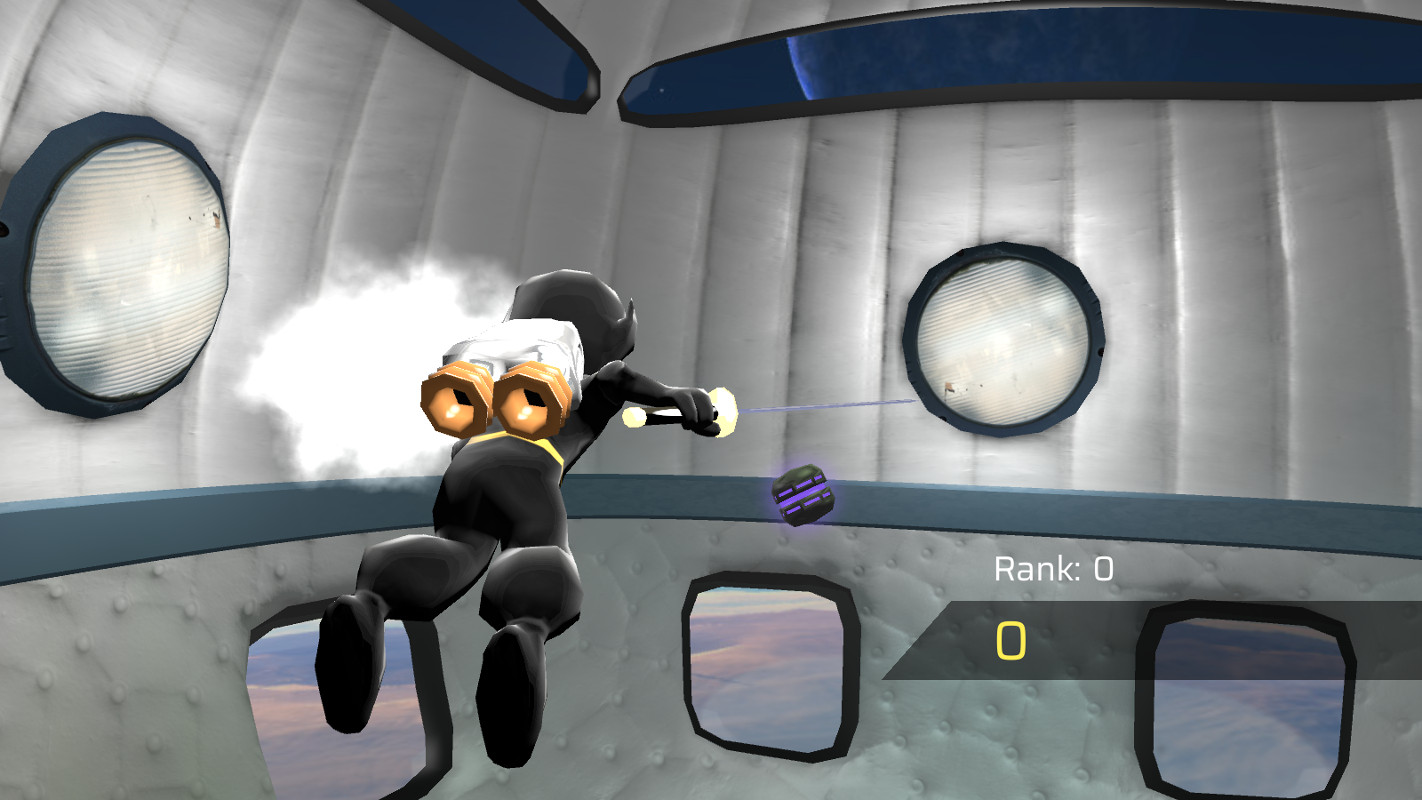
Screenshot of gameplay.
Download:
Check the link to download the game for Windows or Linux and if you want to continue the project or use for other purposes I offer you the .blend open project for UPBGE.
[column column=”one-third”] [/column][column column=”one-third”] [/column][column column=”one-third”] [/column]
Alien Blade by Saulo de Souza (smess.com.br) is licensed under a Creative Commons Attribution 4.0 International License.


 Português
Português